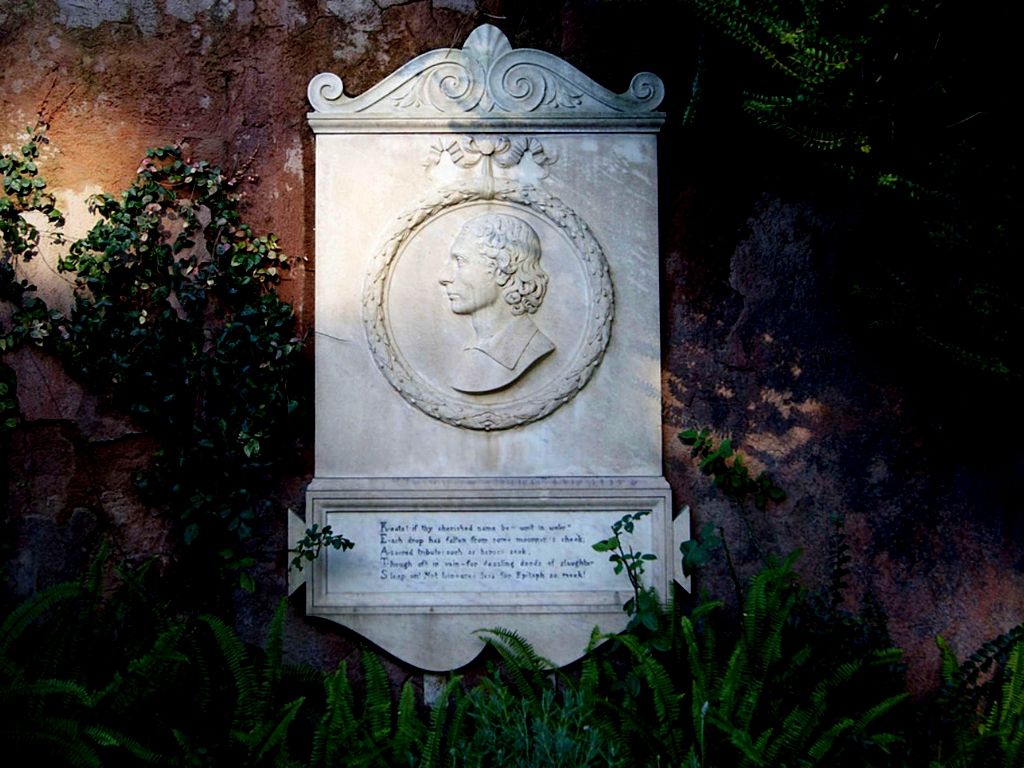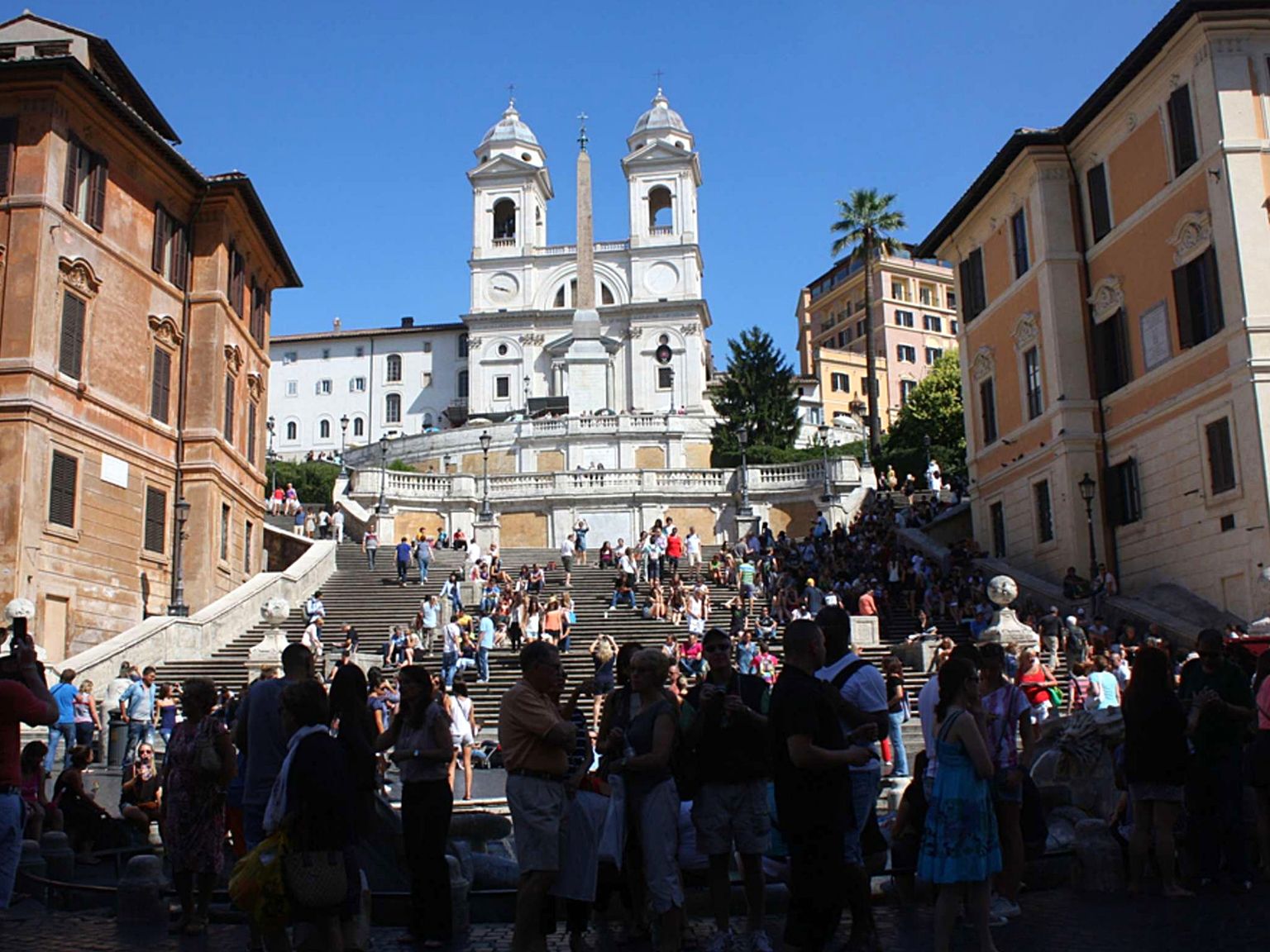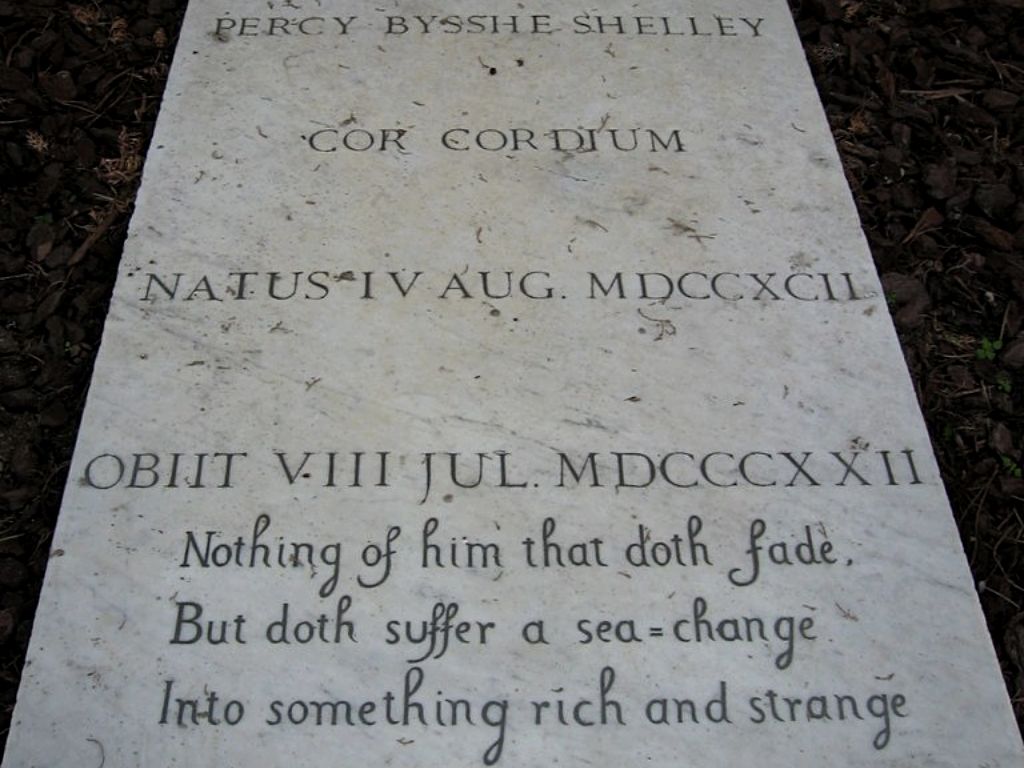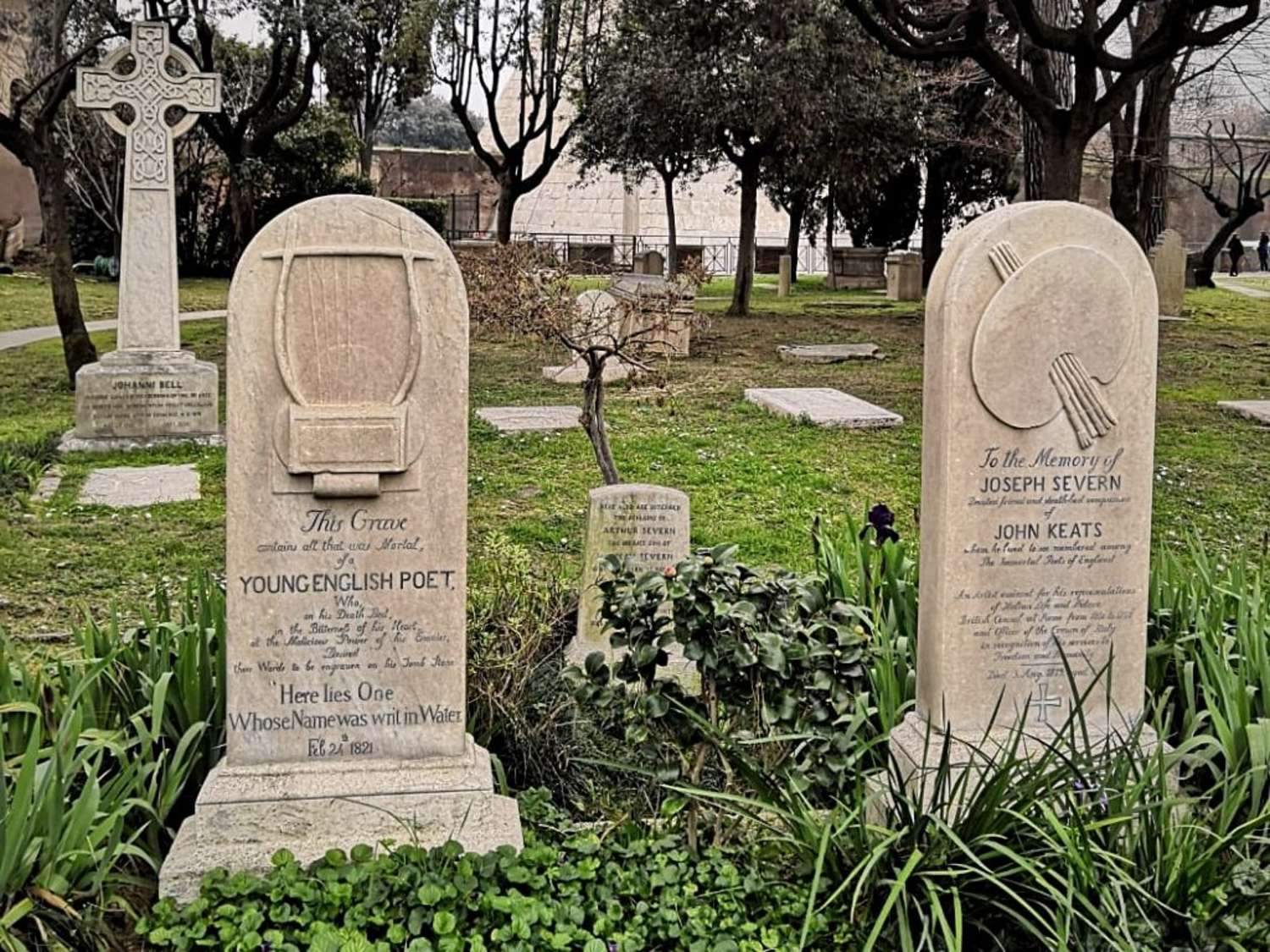“Go thou to Rome,—at once the Paradise,
The grave, the city, and the wilderness.”
Percy Shelley (1792-1822)
We’ve been one to be caught wistfully wandering around Jane Austen’s tombstone at Winchester Cathedral, so we weren’t too surprised when Roman art historian Hilary told us that her favorite place in Rome is the cemetery where Percy Shelly and John Keats rest, Rome's Non-Catholic Cemetery. We often find that a city’s cemetery can recount an awful lot about its history (is there a famous Parisian who isn’t buried at Père Lachaise?), so we asked Hilary to to take a rest from the city and elaborate on her favorite place in the Italian capital:

The Non-Catholic Cemetery (or, as the locals call it, the "Eeeeeeeenglish cemetery") is beautiful, to be sure. But, that’s not what makes it my go-to destination for a quiet respite from the hectic Roman streets. Rather, it’s the cemetery’s lack of visitors and sense of peaceful solitude—rather befitting its role as the final resting place of Keats and Shelley—that brings me back time and time again.
Snuggled up under Rome's pyramid, a quick two metro stops from the Colosseum and a fifty-minute walk from St Peter's Basilica, the Cimitero Accatolico was once declared by Oscar Wilde (shortly after his private audience with the Pope, in true Wilde style) “the holiest place in Rome”. And, when I’m there amongst the trees and flowers, sitting on a bench next to Keats’ grave surrounded by the sound of little birds and the baleful stare of a sleepy cat, I’m inclined to agree.

In 1820, London was in the grip of a tuberculosis epidemic that would eventually kill a quarter of the city’s population. At only 24 years of age, Keats was already clearly suffering from poor health. In an attempt to save the young poet, his devoted friends banded together to get him out of the city. They sent him to Rome.
The decision proved disastrous: what Keats’ friends didn’t know was that, quite unlike its warm balmy summers, Rome’s winters can be chillingly cold and damp. After a mere two months, Keats died of tuberculosis in a small rented room above The Spanish Steps at the Piazza di Spagna.
Amongst Keat’s many admirers was fellow poet Percy Bysshe Shelley, whose poem ‘Adonais’ lamented Keats’ death in saying:
“The cemetery is an open space among the ruins,
Covered in winter with violets and daisies.
It might make one in love with death,
To think that one should be buried in so sweet a place.”

The following year—in what is now a tragic Romantic legend—Shelley was visiting Lord Byron in Pisa. In a rush to get back to his wife Mary (she of Frankenstein fame) at their house down the Italian coast, Shelley set sail despite warnings of unpredictable weather. In epic literary fashion, his boat was lost at sea. When a completely unrecognizable body washed ashore ten days later, only a volume of Keats' poetry found in the pocket identified it as Shelley.
He was cremated on the beach. As the flames devoured the corpse, Shelley’s heart seemed to be resisting the flames and one of his entourage (Edward Trelawny—now buried next to Shelley) dashed into the fire and retrieved it. Edward then wrapped the once-pumping vascular organ in the first manuscript of ‘Adonais’, and presented it to his devastated young wife—anyone else would have found it too grisly to bear, but something tells us that Mary Shelley wouldn’t have minded quite so much.

In a fitting return, Shelley’s ashes were returned to Rome and buried in the shadow of that same pyramid, just a short distance from his fellow Keats. Cemeteries are to a romantic mind what nightmares are to a surrealist painter, full of possibility and musing. I prefer to visit these two poets in the springtime, when Rome’s chilly damp days are just giving way to warmer weather and wisteria blooms.
“I shall soon be laid in the quiet grave--thank God for the quiet grave--O! I can feel the cold earth upon me--the daisies growing over me--O for this quiet--it will be my first”.
John Keats (1795-1821)
The best way to see the Rome of Keats and Shelley is with Context’s Timeless Inspiration: the Grand Tour and Romantic Poets, which explores the narratives of the authors who traveled to, and wrote about, the Eternal City during the Age of Romanticism.

Hilary has been one of our Context scholars for a decade. She was born in England, where she studied Art and Literature and began her career there as an art teacher. A few years later she followed her interest in fashion and costume and became an internationally successful fashion designer. She also designed costumes for several international dance companies and was a guest lecturer at UK Design Colleges. Before she moved to Italy in 2005, she ran her own Exhibition Services company, providing customized services for Art Galleries and Museums throughout Britain. She has recently become a regular stand-up comedy performer here in Rome.













